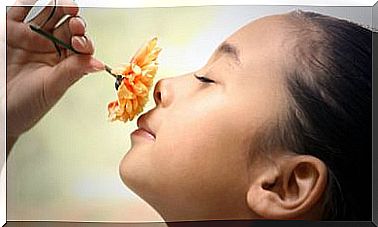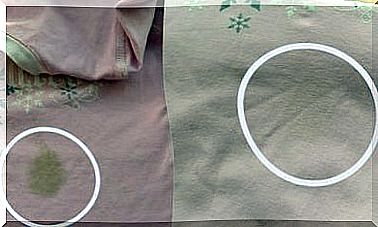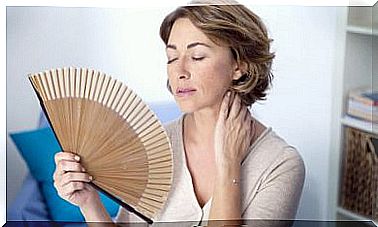Physical Characteristic Linked To Autism: Research
Autism is a recently described neurobiological disorder. In fact, it was individualized as an entity in the mid-twentieth century by the hand of the psychiatrist Leo Kanner. Since then, there have been a multitude of studies that have renewed and expanded what we know about this disease.
Next we will carry out an analysis of autism and the concept of “autism spectrum”. In addition, an investigation into the possibility of a physical characteristic linked to autism is detailed.
Brief history of autism
By naming autism in general, we are actually referring to autism spectrum disorders. It is a broad entity comprising several similar but different developmental neurobiological disorders. However it was not always so.
In fact, the term autism was created to designate a symptom of schizophrenia. The word comes from the Greek autos , which refers to “oneself.”
Later he focused on child psychology, such as children who have difficulty achieving affective contact and exhibit stereotyped behaviors. So at first autism was included within psychoses; in addition, it was attributed a psychogenetic cause.
Concept of “autism spectrum”
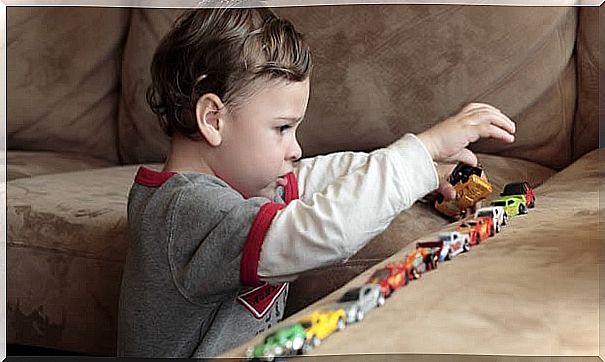
Thus, autism would have to do with the cold treatment of the parents towards the child during the first months of life. Fortunately, the knowledge available about the disease was increasing thanks to successive studies.
As a result of these, the concept of “autism spectrum” was born. They began then distinguish various syndromes according to their peculiarities. An example is Asperger syndrome: people who suffer from it do not have a delay in language acquisition.
At that time, the conception of the cause of these disorders also began to change. Today it is accepted that it obeys genetic, epigenetic and environmental causes during embryogenesis.
Autism spectrum disorders (ASD)
Across the spectrum of autism spectrum disorders, the key symptoms are:
- Persistent deficiencies in communication and social interaction.
- Restrictive and repetitive patterns of behavior, interests, or activities.
These symptoms are present in the early stages of development. However, they may not fully manifest until societal demands overcome limitations.
First signs
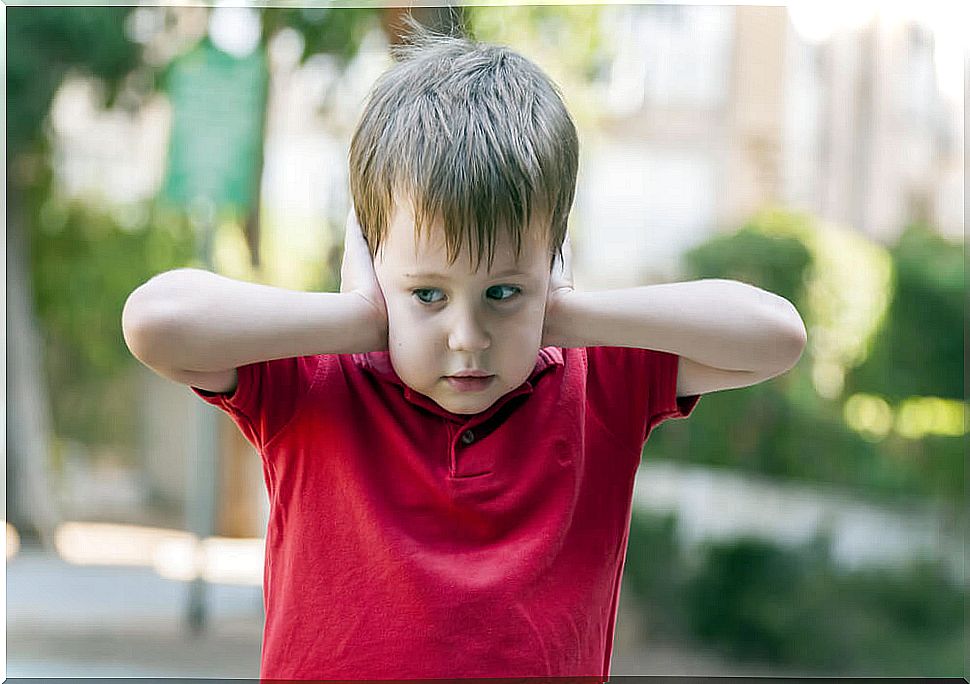
The first signs of autism usually appear around the age of three. But long before the age of three, children with autism often do not have a social smile. The social smile is the first smile that appears. It is generated only in response to a stimulus, for example, from the mother or the father.
They are hypersensitive to tactile, auditory, olfactory and taste stimuli. They tend to avoid personal and eye contact; in addition, they use very literal language. They do not understand jokes, double meanings, or metaphors. Nor do they develop symbolic games, such as playing kitchens or cars as if they were real. Their interests are often unusual, repetitive, and not shared.
Children with autism have very little interest in other children. In addition, from a young age they do not show their interests (such as, for example, pointing with the finger). Their behaviors are also often unusual and repetitive, as well as self-stimulating (such as rocking).
New physical characteristic linked to autism
Recently, La Trobe University in Melbourne (Australia) has developed a study on autistic children. It seems that he has found a physical characteristic linked to autism. In this study it was found that, on average, children with autism are born with some physical peculiarities linked to autism:
- 4.8 centimeters smaller.
- 0.2 kg less weight.
- 1.2 centimeters smaller head circumference.
However, children with autism were also found to outnumber neurotypical children at three years of age. Dr. Cherie Green has dedicated herself to drawing conclusions from these results. It appears that all of this is due to an imbalance in the growth hormone generated by autistic children.
About this study
It is noteworthy that this was a relatively small-scale study. 134 children with autism and 74 neurotypical children participated. Furthermore, it is not supported by any previous study. In fact, the only previous study that has been carried out in this regard found no differences between some children and others.
On the other hand, no girls were involved in the study. This data is especially important considering that autism spectrum disorders develop with considerable differences in boys and girls.
However, according to Dr. Cherie Green, the study could be useful in identifying subgroups of autism. Thus, in principle, people with mutations in the CHD8 gene would have larger heads, while people with the mutated DYRK1A gene would have smaller heads.
In addition, this type of investigation could have other types of consequences. One of them would be to be able to determine what mechanisms (outside the brain) are involved in the development of the disease and how they do it. The next step in this study will be to examine growth in adolescents.





